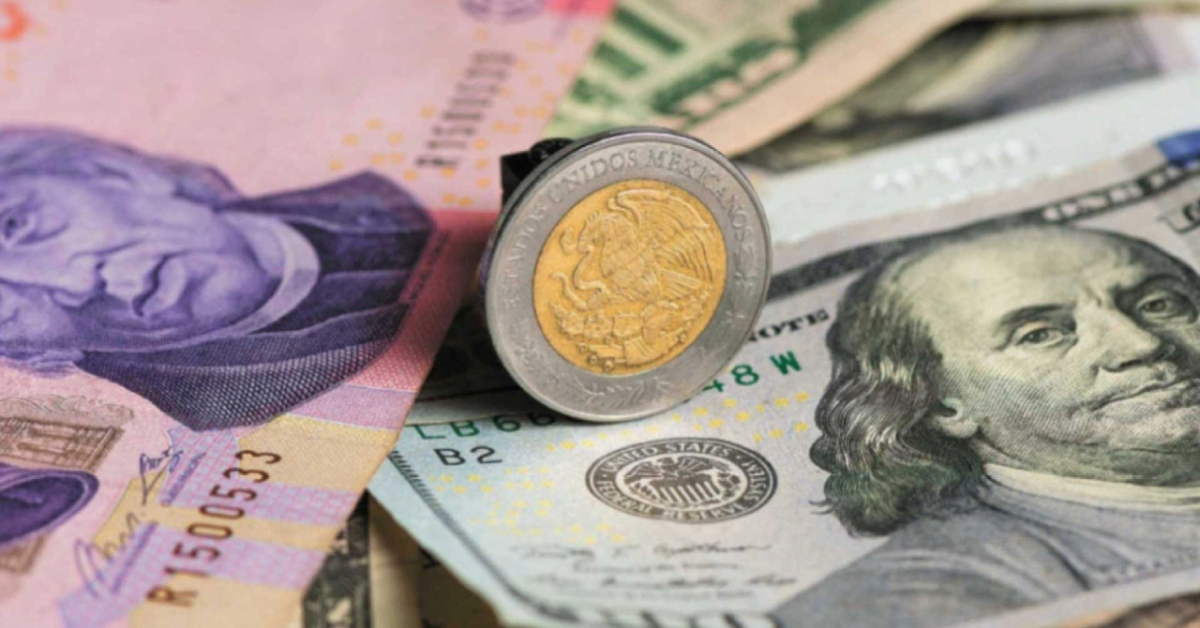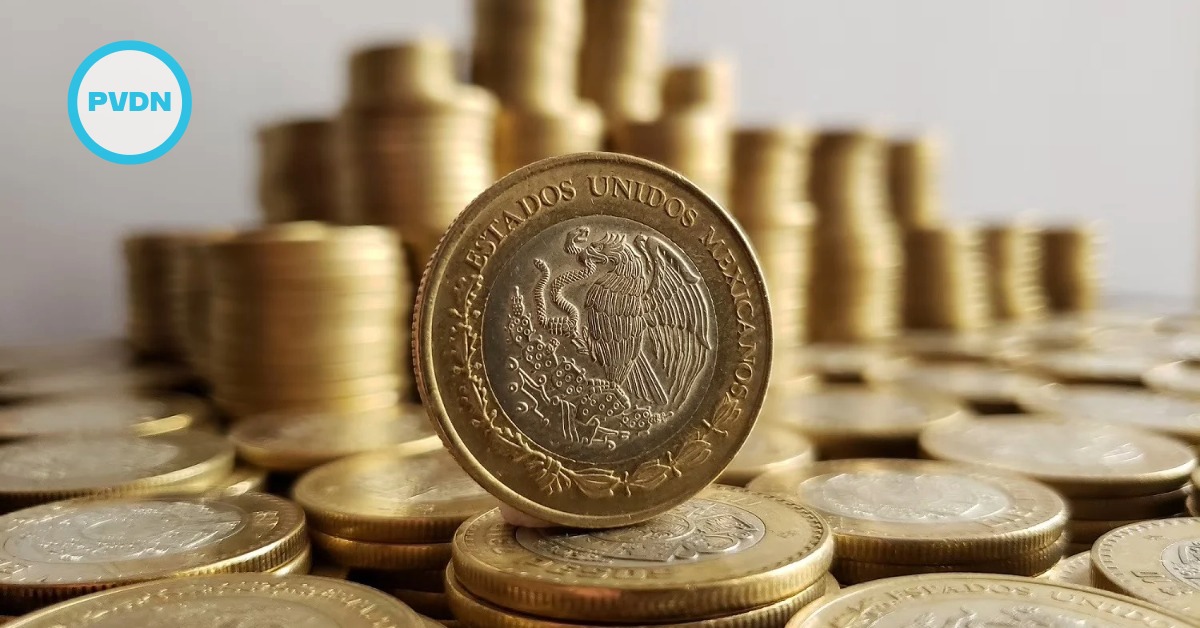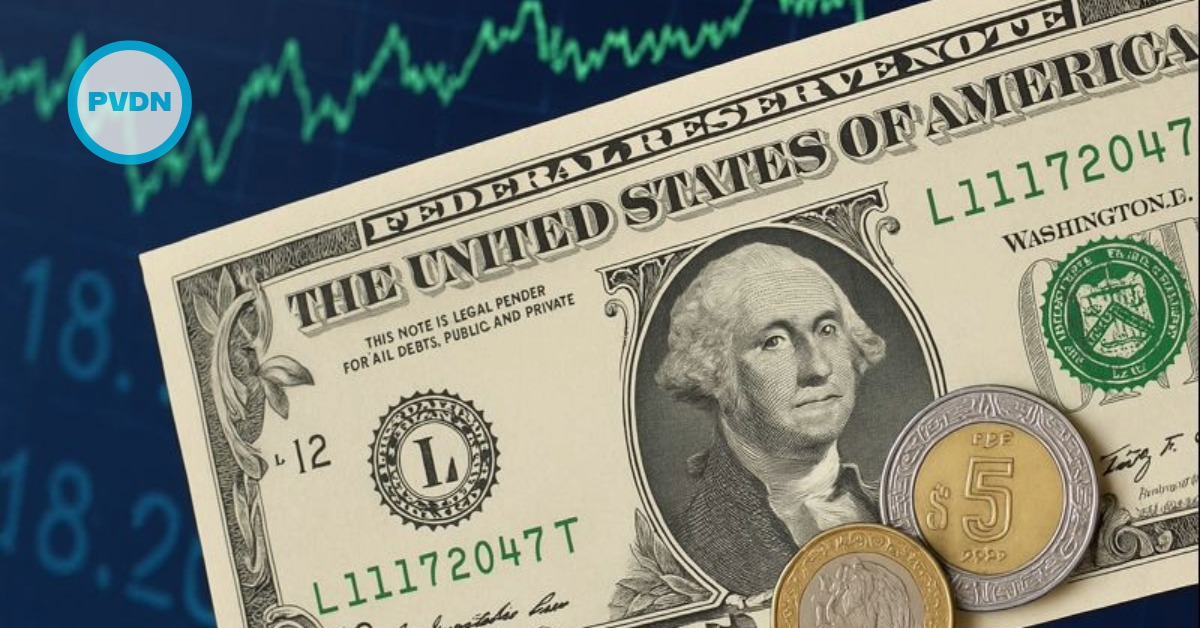Puerto Vallarta, Mexico - The Mexican peso extended its losses on Tuesday, briefly touching above the 21-per-dollar mark before settling at 20.93 per dollar—down 1.2 percent. The decline follows an announcement by President Claudia Sheinbaum that the government will unveil new tariff and non-tariff measures on Sunday in response to the recently imposed 25 percent U.S. tariffs on Mexican imports.






